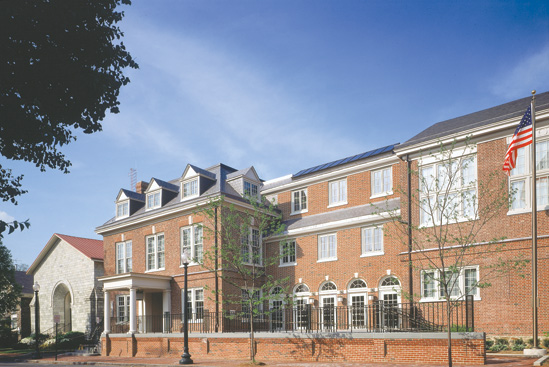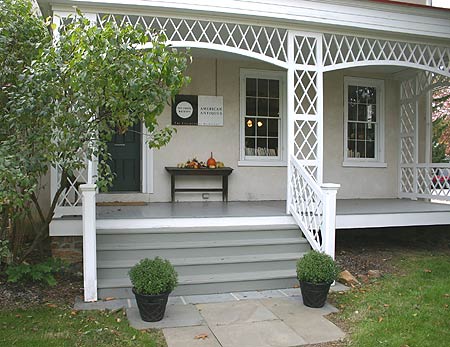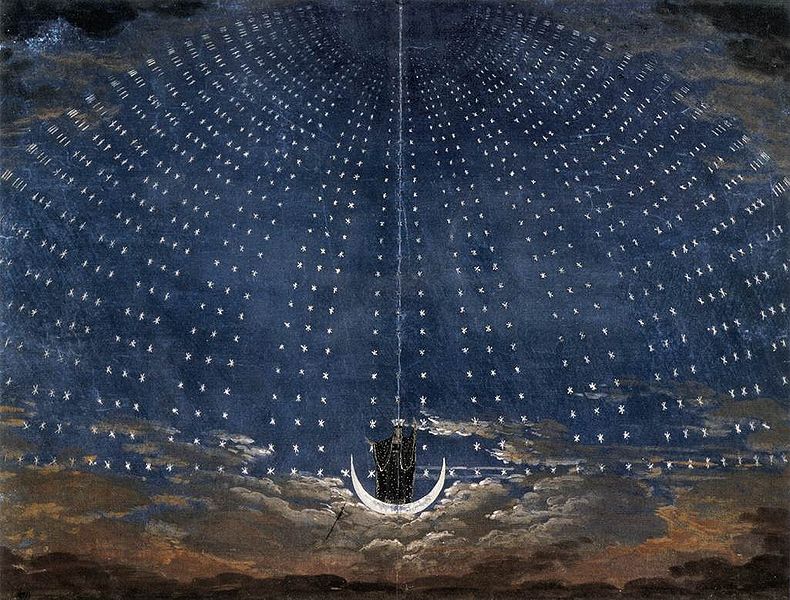Wednesday
we headed to Chester County Historical Society, where we were joined by two of our longtime friends from the area
that we are so happy to see whenever we have a chance to come to the area.
Kathy Lesieur who brought us the exhibit of Berks County Samplers several years
ago and Candace Perry curator of the Schwenkfelder Library and HistoricalSociety, who gave us the opportunity to publish their collection several years
ago and also create several special pieces from their collection as gift
items.
L-R - Beth, Becky, Kathy, Barbara, Julie, Lynne and Candace
Photo courtesy of Barbara Rombold-Gillies
Ellen Endslow greeted us with a wonderful
selection of samplers from their large collection of over 200 pieces. Above, you can see us excitedly gathered to look through the samplers. You can almost see us waiting for someone to shout "go!". This photo and several others are from our friend Barbara - and you can see more of her great photos on her blog, 1Thread. You can see from the photo what delights might await you if you make arrangements at some of these places - it's an amazing array, isn't it?
First Ellen gave us a wonderful overview of
Chester County and how the area came to be and some of the special pieces held
in their collection. The county was founded in 1681 with a significant
Welsh population as well as Quaker influences.
Typical samplers from the area are multi-colored with bands, relatively
narrow with meandering borders. They included alphabets, verses and names and
were usually rectangular in shape. Most of the samplers are silk on linen ground
with a few wool on linen ground. The
famous teacher Ann Marsh from Philadelphia died in Chester County. At her death
she had $1209.19 pounds in probate. This was quite a sum for a woman who had
never married. She taught sewing primarily.
One
thing we learned here was what we had been calling the pendulum tulip on Quaker
samplers is actually a Bluebell. You see these on both Westtown and Ackworth
samplers.
Rebecca Jones visted Ackworth school and brought back information to help the Philadelphia-area Quakers establish Westtown School. If you enjoy needlework from
the Quaker traditions you will want to visit Chester County HistoricalSociety between December 2, 2011 and September 7, 2012, when they will display
a large collection from both their own examples and those of Westtown school.
The exhibit is called "In Stitches: Unraveling Their Stories". For more information about the exhibit contact Chester County Historical Society, 610-692-4800 or ChesterCoHistorical.org; or Mary Brooks, Westtown's Archivist, 610-399-7834 or mary.brooks@westtown.edu.
We saw
many beautiful pieces and it was hard to choose a favorite as usual. A couple of special pieces were a Dresden work
piece by Elizabeth Taylor 1785 with a sawtooth border and insets of
needle-lace. One motif typical of the
area are geographical trees formed with lines increasing in width, looking very
triangular or increasing and then decreasing and looking very diamond like.
There were also some German style samplers
with motifs all over including people, which isn't typical of the West Chester
Area.
From
here we journey down the street to a delight for our taste buds, to discuss
what we had viewed and to catch up with our old friends! The Lincoln Room
serves tea and light fare. We all indulged in the Tea for Two, with delicious
sandwiches, scones and treats as well as pots of tea. We floated out of here
saturated in so many ways. But the day was not done and there was more to see!
We
drove a short distance to Historic Sugartown and the wonderful shop, Van Tassel/ Baumann Antiques
where we were greeted by Ruth Van Tassel and her Husband
Donald Baumann. They are one of the leading dealers in Needlework Samplers in
the United States. They always have a
beautiful selection of both American and European needlework, and are welcoming to all - not only those interested in buying, but anyone studying
the history of these special pieces.
Ruth is very knowledgeable and shares that knowledge graciously. They
research their pieces and document them as much as they possibly can. Ruth keeps many notebooks and records for
future use. The warm atmosphere and
personalities are a treat for anyone visiting this area. Julie and I found so many treasures we
wished we could bring home! Three girls did make their journey to Washington
and you will see them in future products of "In The Company of
Friends". They are going to knock
your socks off when you see what we create for you with these special pieces. I
know, what a tease! It will be worth the wait.
That concludes
our second day on the road. You can see
we are on the run when we travel to get to as much as we can while we are in
the area. There is never enough time, but that always means we will just have
to make another trip in the future. We
hope you are enjoying your armchair travels with us. Next we will have another installment of the Dark Alphabet with
the letter "R". We hope that
this week brings you much Thanksgiving with your friends and family. We are
very thankful for all of you who join us here on the blog, who support us in
our endeavors with In The Company of Friends and everyone we are lucky enough to
call friend.



























